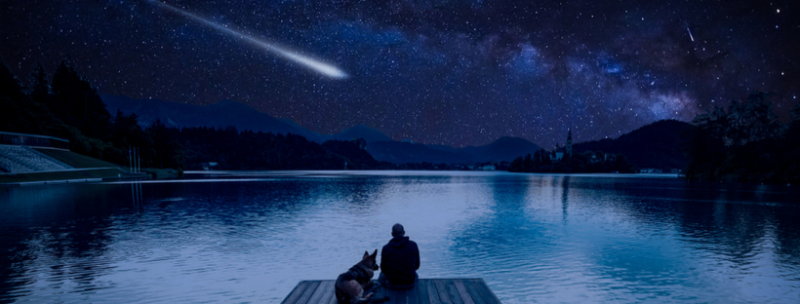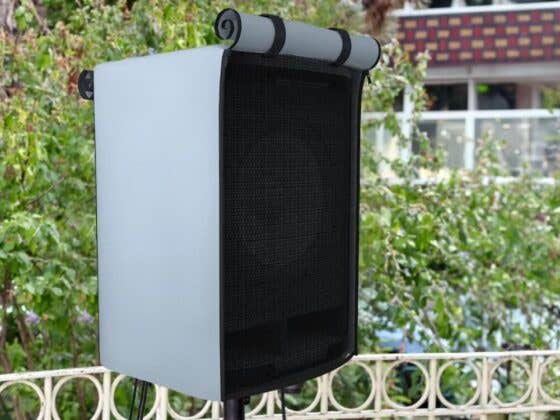Meteor showers are one of the most amazing sights nature has to offer, and you can experience it all in the comfort of your backyard. One of this year’s most anticipated events is the Perseid shower, which will be visible in the Southern Hemisphere from August 12th to the 13th. The Perseids are a part of the Comet Swift-Tuttle, which was discovered on July 16, 1862. This extra bright meteor shower is a must-see in the month of August, and the best part is that you don’t need a telescope to enjoy it! Kids and adults alike will be amazed by how vibrant this shower appears even to the naked eye. These ideas for catching a meteor shower at home or on a close to khome holiday will get you inspired to sit back, relax, and relish the beauty of the night sky.
Weather Ready
Any adventure taking place on a winter’s night will be a chilly event. With temperatures at their lowest, it is important that you and your family take the proper precautions to stay warm while stargazing. Bundle up in your thickest coats, and don’t forget warm accessories like hats, scarves, and gloves. If you are planning on taking a long drive to a secluded stargazing spot, pack along blankets and pillows that will help keep the cold out. Keep an eye on weather reports in the days prior to August 12, and be prepared to alter your plans if inclement weather happens to pop up in the forecast. An insulated tarp can even be brought into use as family or group protection if snow is in the forecast. Nothing keeps everyone warmer than some shared body heat! Just make sure your patio furniture or other valuables your tarp were protecting remain safe while you stargaze.
Clear Skies Ahead

If you and your family live in or nearby a large city, the chances of being able to see the meteor shower in its full glory are slim. Light pollution in urban areas makes it nearly impossible to properly see celestial bodies, which means a short road trip to a more rural locale may be necessary. Map out the nearest locations that boast small populations and wide open spaces for a better viewing opportunity. The countryside is the ideal setting for stargazing as well as providing ample space for your family to relax in secluded privacy. Many parks may promote recommended spots for stargazing and are worth considering when deciding where to head for your meteor viewing.
Map It Out

Most of us are not familiar enough with astronomy to be able to locate specific stars and constellations in the night sky. Thankfully, online astronomy maps are readily available to provide the guidance you need in order to get familiar with the stars. You won’t need a telescope to view the 2020 Perseid meteor shower, but a star map will help you get your bearings when you are peering up at the night sky. Websites such as timeanddate.com offer meteor maps to peruse in preparation for your meteor viewing. And if you’re searching for the best spot for clear skies, earthsky.org features a community generated map where stargazing enthusiasts can share their favorite areas for setting up camp and catching a meteor shower.
Staying Comfortable
As you prepare your backyard for stargazing or pack up for a trip to the countryside, it is important to keep the comfort of your family in mind. Craning your neck to get a good glimpse of the night sky can mean neck strain if you’re not careful, so laying on the ground is the best option for avoiding potential pain. A blanket pallet will suffice for keeping comfortable, but consider your outdoor pillows and cushions with their protective covers along on your nighttime adventure. Hammocks are another great option for kicking back and relaxing under the stars with greater comfort. No matter which option you choose, you’ll be grateful that you kept comfort in mind when planning your meteor shower viewing.
Stream Savvy
If light pollution ends up precluding your Perseid plans, there’s no need to fret. Catching the meteor shower in person may not be an option in certain circumstances, but the magic of livestreams is here to bring the shower straight to you. Bring the magic of the meteor to your own backyard by setting up a streaming station under the gaze of the stars and moonlight. Livestreams of the celestial celebration will be readily available with a quick look online. A simple sheet and projector can transform your backyard into a makeshift planetarium, ready for whatever the shooting stars might throw your way.

















Recent Comments